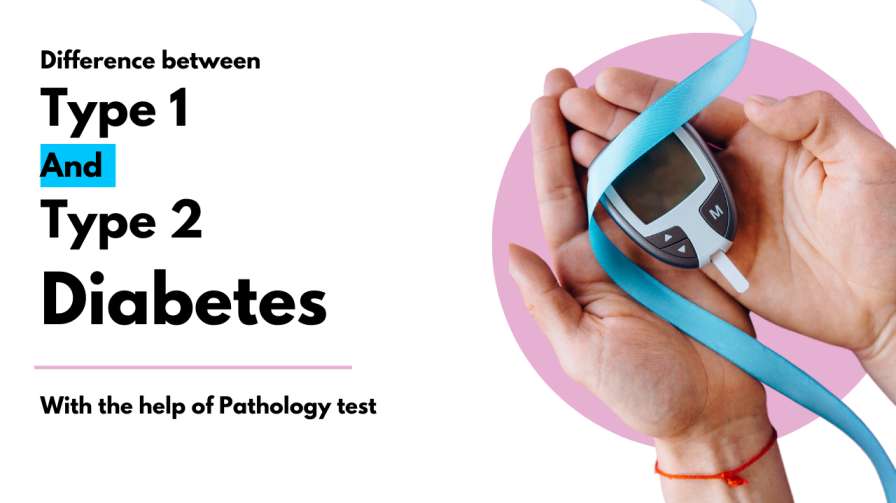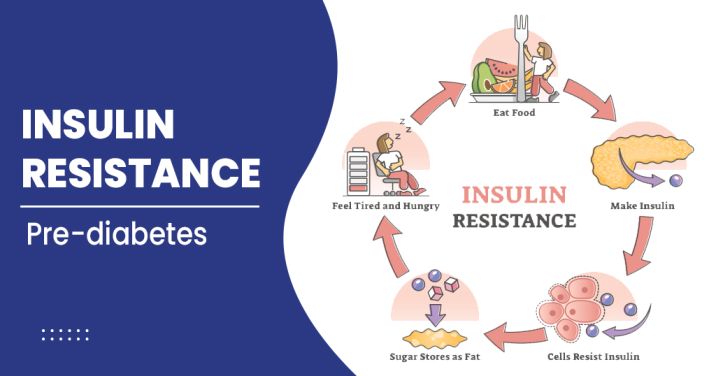
A C-Peptide Test is only pathological test that can be used for differentiating between type 1 and type 2 diabetes.
This test helps estimate the level of C-peptide in your blood or urine. C-peptide is a substance which is made in the pancreas, along with insulin. Insulin is a hormone that regulates the glucose (blood sugar) levels in your body. C-peptide and insulin are released from the pancreas at the simultaneously and in about equal proportion. So a C-peptide test can estimate the amount of insulin your body is making. This test is a good way to measure insulin levels too because C-peptide tends to stay in the body longer than insulin.
In type 1 diabetes, your pancreas makes little to no insulin, thus, little or no C-peptide. In type 2 diabetes, the body makes insulin, but doesn’t use it well. Thus C-peptide level are higher than normal.
Other indications for C-Peptide test include:
- Find the root cause of hypoglycemia or low blood sugar
- Indicator on how diabetes treatment is working
- Pancreatic tumour
How is a C-Peptide test carried out?
Usually, a C-peptide test is given as a blood test. During a blood test, a health care worker will take a blood sample from a vein in your arm, using a small needle. After the needle is inserted, a small amount of blood will be collected into a test tube or vial very carefully. You may feel a little sting or pain when the needle goes in or out. This usually takes less than five minutes to be done. Alternatively, C-peptide can also be measured in urine. Your health care worker may ask you to collect all urine passed in a 24-hour period. This is known as a 24-hour urine sample test. For this test, your health care worker will give a container in which to collect your urine and instructions on how to collect and store your samples. The following steps are adhered too while performing the 24-hour urine sample test:
- Empty your bladder first in the morning and flush that urine away. Note the time. This urine is not collected.
- For the next 24 hours, store all your urine passed in the container provided.
- Place your urine container in the refrigerator or a cooler with ice.
- Return the sample container to your health worker’s office as instructed.
What preparations are required prior to performing a C-Peptide test?
You may need to fast (not eat or drink) for 8–12 hours before a C-peptide blood test depending on the instructions provided by the healthcare worker, especially while performing the 24 hour urine sample test.
You may experience slight pain at the point of needle insertion.There are no known risks to a 24 hour urine sample test.
Significant Results of C-Peptide test are as follows
- A low level of C-peptide is an indicator that your body isn’t making enough insulin. It may be a sign of one of the following conditions:
- Type 1 diabetes
- Addison disease, a disorder of the adrenal glands
- Liver disease
- It may also be a sign that your diabetes treatment is not working well.
- A high level of C-peptide is an indicator that your body is making too much insulin. It may be a sign of one of the following conditions:
- Type 2 diabetes
- Insulin resistance, a condition in which the body doesn’t respond the right way to insulin. It causes the body to make too much insulin, raising your blood sugar to very high levels.
- Cushing’s syndrome, a disorder in which your body makes too much of a hormone called cortisol.
- A tumor of the pancreas
A Diabetes Rehabilitation Specialist may ask you to get a C-Peptide test done to check your progress in certain cases while following a Diabetic Rehabilitation Program.




